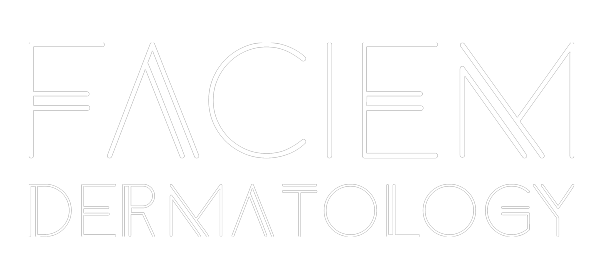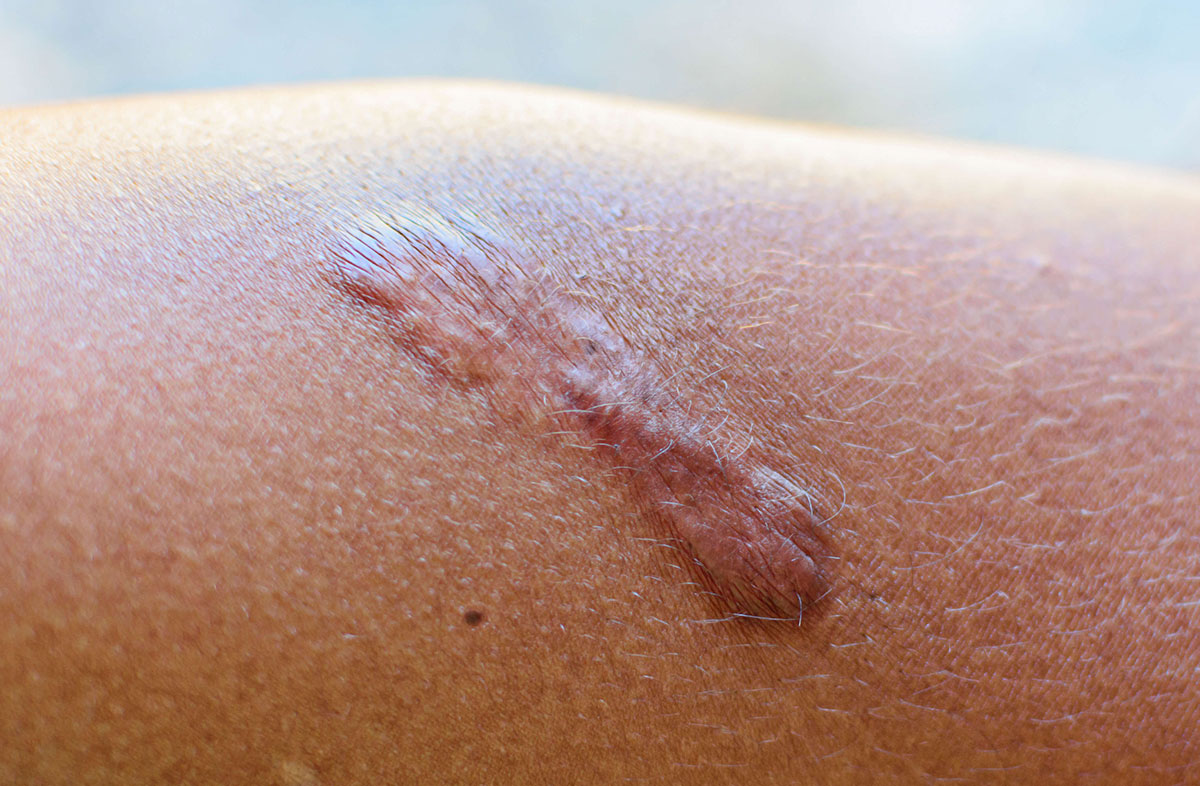Keloid / Raised Scarring
Many people are troubled by raised scarring which can Usually a preceding event has occurred causing inflammation within the skin such as a bite, acne, burn or a trauma which has triggered the skin to become increased collagen fibers within that area. The collagen that is made is often thick and unsightly.
Scars such as these require careful management under a skin specialist as you do not want to cause further injury with certain treatments which could potentially make the areas worse.
Please read the link below. At Faciem Dermatology we will assess the lesion and treat it effectively with a variety of treatments which include local injection of an anti-inflammatory product and lasers. Laser work by reducing the vascular component ( the blood vessels) within the skin which normally feeds the scar. By shrinking and removing these blood vessels will help to resolve the scar tissue.
http://www.bad.org.uk/shared/get-file.ashx?id=216&=document
Advice on scar management
All skin conditions should start with medical history and examination. Careful lifestyle factors, sports, current skin care regime, evaluation of any aggravating factors is a must. This is done at your first 1st dermatology consultation with Dr Prasad.
Prescription Medicines
These are advised and prescribed at your dermatology consultation. These can range from prescription creams to flatten the scar, tape that is impregnated with medicine which is applied to the scar or injection of medicine into the scar to flatten it.
Lasers
We can use 2 different types of laser- some vascular lasers which shrink blood vessels. Evidence suggest that vascular laser in conjunction with steroid injections is even more effective.
Surgical Treatment
Rarely do we advocate surgery to keloid scars. This is because scar tissues can react to surgical excision or removal by increasing scar size and cane make the problem worse.
Treatments For Keloid / Raised Scarring
Our Happy Clients
Keloid / Raised Scarring Faq
A Keloid is increased scar tissue which is more common in areas of tension such as the neck and chest and back and in surgical wounds which is more common in asian and afro-carribean patients. It is also common after ear piercing.
Yes it can be treated well with dermatological treatments such as prescription medicines, injections. For earlobe keloids we do recommend surgery ( if large) with steroid injection after the excision.
This depends on the cause and size of the keloids. During your assessment we will suggest a treatment plan. After 2 appointments good results are seen.


